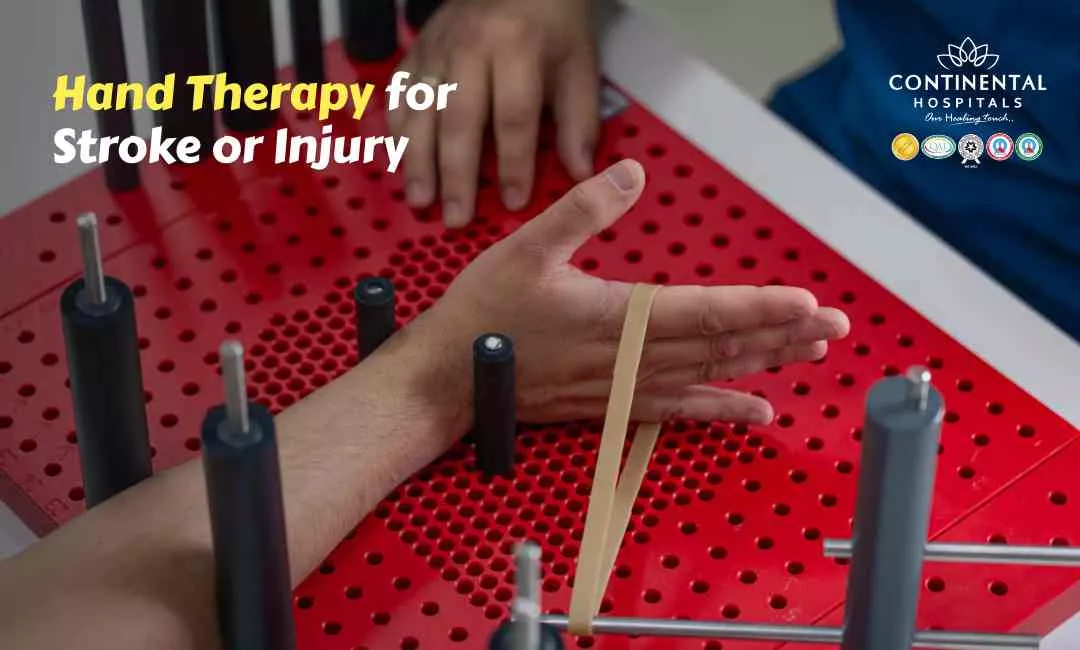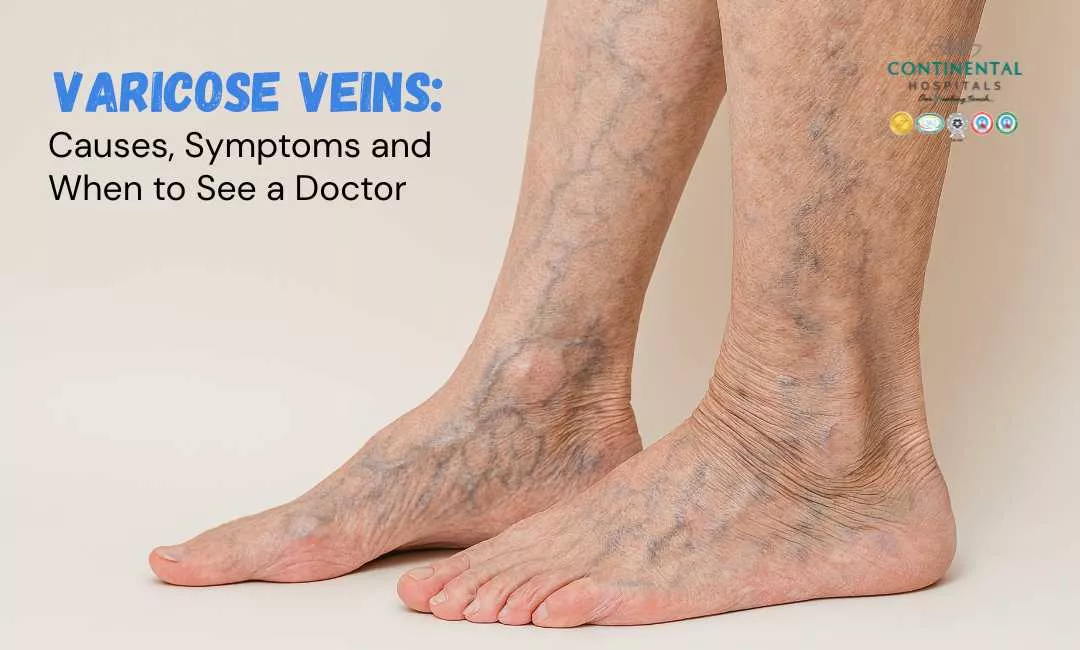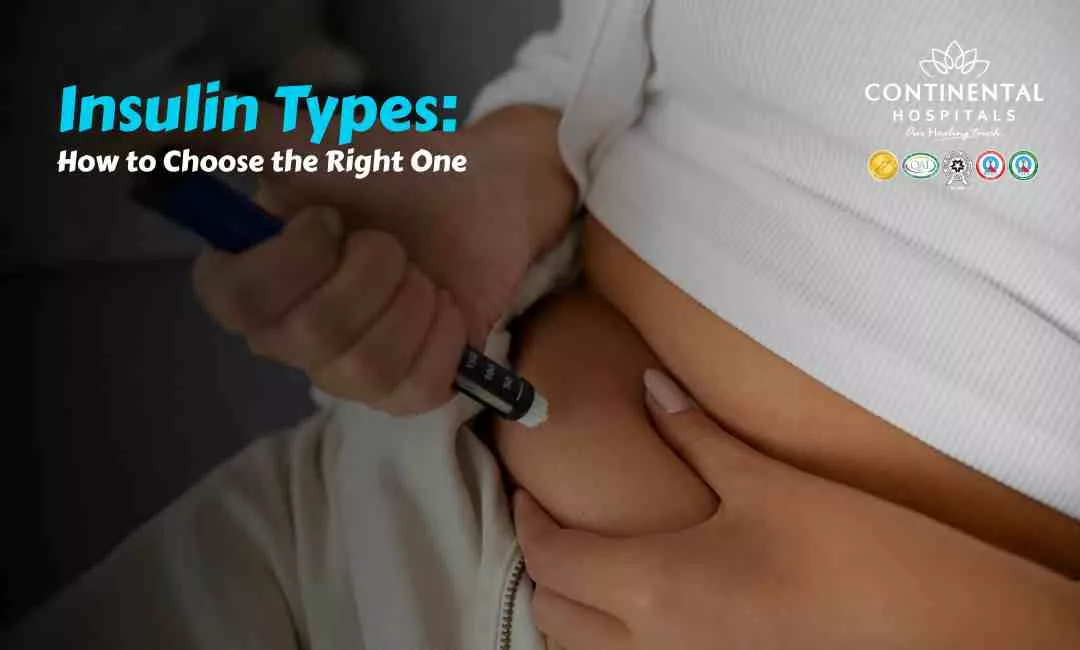A brain stroke, also known as a cerebrovascular accident (CVA), occurs when blood flow to a part of the brain is interrupted or reduced, depriving brain tissue of oxygen and nutrients. Within minutes, brain cells begin to die. Strokes are a leading cause of death and disability worldwide, but many strokes can be prevented through lifestyle changes and managing risk factors. This article will explore the essential steps to prevent strokes, using global and Indian statistics to illustrate the impact and importance of prevention.
Understanding Strokes: Types and Symptoms
There are two main types of strokes:
Ischemic Stroke: Caused by a blockage in an artery that supplies blood to the brain. This is the most common type, accounting for about 87% of all strokes.
Hemorrhagic Stroke: Occurs when a blood vessel in the brain bursts, leading to bleeding in or around the brain.
Common symptoms of a stroke include sudden numbness or weakness in the face, arm, or leg, especially on one side of the body, confusion, trouble speaking or understanding speech, difficulty seeing in one or both eyes, trouble walking, dizziness, loss of balance or coordination, and a severe headache with no known cause.
🥗 Healthy Plate Challenge
🍽 Add Your Favorite Dish
Pick Your 6 favorite foods, eat, and see the results.Drag & drop foods onto your plate.
Drop Food Here
Worldwide Statistics on Strokes
Global Impact: According to the World Health Organization (WHO), 15 million people suffer strokes worldwide each year. Of these, 5 million die, and another 5 million are left permanently disabled.
Mortality Rates: Strokes are the second leading cause of death globally, responsible for approximately 11% of total deaths.
Disability: Strokes are the leading cause of long-term disability, significantly impacting the quality of life of survivors.
Stroke Statistics in India
Prevalence: India accounts for about 1.8 million stroke cases annually.
Mortality and Disability: Strokes are responsible for a significant portion of deaths and disabilities in India. Approximately 15% of all strokes result in death within the first 30 days, and many survivors are left with varying degrees of disability.
Age Factor: The average age of stroke patients in India is lower compared to Western countries, with a significant number of cases occurring in individuals aged 40-70 years.
Risk Factors for Stroke
Several risk factors increase the likelihood of having a stroke. Some are modifiable through lifestyle changes, while others are non-modifiable.
Modifiable Risk Factors
High Blood Pressure: The leading risk factor for stroke. Managing blood pressure through diet, exercise, and medication is crucial.
Diabetes: Increases the risk of stroke by damaging blood vessels. Proper management of blood sugar levels is essential.
High Cholesterol: Contributes to the buildup of plaques in blood vessels, leading to blockages. A heart-healthy diet and medications can help control cholesterol levels.
Smoking: Doubles the risk of stroke by damaging blood vessels and increasing blood pressure. Quitting smoking is one of the most effective ways to reduce stroke risk.
Obesity: Excess weight contributes to several stroke risk factors, including high blood pressure, diabetes, and high cholesterol. Maintaining a healthy weight through diet and exercise is important.
Physical Inactivity: Regular physical activity helps control weight, lower blood pressure, and improve overall cardiovascular health.
Unhealthy Diet: Diets high in saturated fats, trans fats, and cholesterol can lead to stroke. Eating plenty of fruits, vegetables, whole grains, and lean proteins is beneficial.
Alcohol Consumption: Excessive drinking increases blood pressure and stroke risk. Moderation is key.
Non-Modifiable Risk Factors
Age: The risk of stroke increases with age, especially after 55.
Gender: Men have a higher risk of stroke than women, but women are more likely to die from strokes.
Family History: A family history of stroke increases one's risk.
Previous Stroke or TIA: A prior stroke or transient ischemic attack (TIA) significantly raises the risk of a subsequent stroke.
Lifestyle Changes to Prevent Stroke
Healthy Diet
Consume More Fruits and Vegetables: Aim for at least 5 servings of fruits and vegetables daily.
Choose Whole Grains: Whole grains like brown rice, whole wheat, and oats are rich in fiber and nutrients.
Limit Salt and Sugar: Excessive salt raises blood pressure, and too much sugar can lead to obesity and diabetes.
Healthy Fats: Include sources of healthy fats, such as avocados, nuts, seeds, and olive oil, and limit saturated and trans fats.
Regular Exercise
Aim for Consistency: Engage in at least 150 minutes of moderate-intensity aerobic activity, such as brisk walking, or 75 minutes of vigorous-intensity activity, like running, each week.
Include Strength Training: Perform muscle-strengthening activities on two or more days a week.
Avoid Smoking and Limit Alcohol
Quit Smoking: Seek support to quit smoking through counseling, medications, and support groups.
Limit Alcohol: If you drink alcohol, do so in moderation—up to one drink per day for women and two drinks per day for men.
Monitor Health
Regular Check-Ups: Regular health check-ups can help detect and manage risk factors like high blood pressure, diabetes, and high cholesterol.
Medication Adherence: If prescribed, take medications as directed to control risk factors.
Treatment Options for Stroke at Continental Hospitals
Continental Hospitals in Hyderabad offers comprehensive stroke care, including prevention, acute treatment, and rehabilitation. The hospital is equipped with advanced technology and a team of experts to provide the best care for stroke patients.
Acute Treatment
Thrombolysis: For ischemic strokes, clot-busting drugs can be administered to dissolve the clot and restore blood flow to the brain.
Mechanical Thrombectomy: In some cases, a mechanical device is used to remove the clot from the blocked artery.
Surgery: For hemorrhagic strokes, surgical intervention may be required to stop the bleeding and relieve pressure on the brain.
Rehabilitation
Physical Therapy: Helps stroke survivors regain strength, balance, and coordination.
Occupational Therapy: Assists patients in relearning daily activities and improving fine motor skills.
Speech Therapy: Aids in recovering communication abilities and swallowing function.
Preventive Care
Continental Hospitals also offer preventive care services, including health check-ups, lifestyle counseling, and management of chronic conditions like hypertension and diabetes, to reduce the risk of stroke.
Conclusion
Preventing strokes requires a proactive approach to managing risk factors and making healthy lifestyle choices. By understanding the risks and taking steps to address them, individuals can significantly reduce their chances of having a stroke. For those at risk or who have already experienced a stroke, seeking comprehensive care at specialized centers like Continental Hospitals can make a crucial difference in outcomes and quality of life.
Related Blogs:
.webp)














